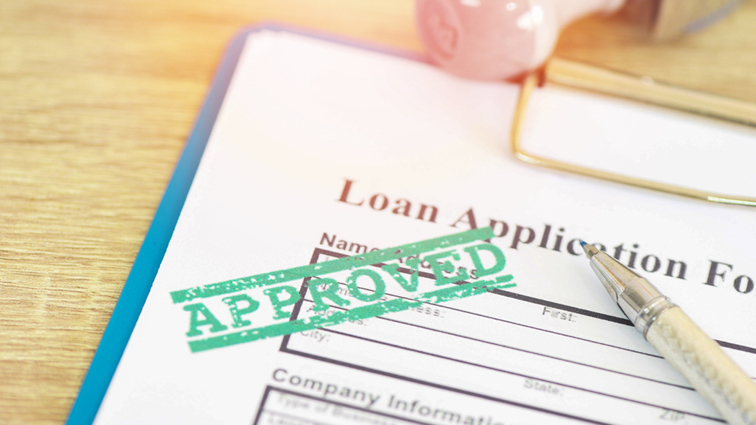Top 3 Financial Strategies for CFOs to Fund Business
While equity and debt are viable options, sale-leasebacks may be the best approach in the prevailing economic environment
Inflation is currently at 8.2% year to year, way above its 2% benchmark. The Fed has increased interest rates three times in a row to try and keep inflation under control, with promises of further interest rate increases to achieve a terminal target of 4.6% in 2023. Higher interest rates have a direct impact on your funding efforts. Increasing rates reduces spending power, causing stock prices to fall almost immediately while increasing the cost of debt.
In an ideal world, you would be able to make all the money you need by simply selling goods and services. But the general business strategy is that you need money to make money, which means getting external funding. Finding affordable funding can be a difficult strategic decision for any chief financial officer, especially in the current economy. While equity and debt are major sources of business funding, a sale-leaseback is a good option to consider when you are looking for more affordable financing. Here's a closer look at the pros and cons of debt, equity and sale-leasebacks and why a sale-leaseback may be the best financial strategy for your company in the prevailing economy.

Public markets capital raise (equity and debt)
One of the ways to raise funds is through debt or equity financing. With debt financing, you issue corporate bonds to the public and pay back the full loan amount plus interest upon maturity of the bond. Corporate bonds attract a higher rate of interest than government bonds because of the perceived higher risk, meaning more costs for you.
Equity financing involves selling company shares in the stock market and paying the equity holders a dividend or return should the stock value appreciate. Your obligation to pay earnings to equity holders will depend on the types of shares held. Preferential shareholders receive payments first, while common shareholders get paid after creditors and preferred shareholders.
Pros
- You can raise large sums of money from the public.
- Interest rates paid are typically lower than bank interest rates.
- Stock issuance does not require you to pay investors. Payments are based on business performance.
- Interest on debt financing is tax deductible but there are limitations.
Cons
- The current rising interest rates have caused a general fall in share prices, making equity funding a less ideal way to raise funds.
- Equity raises dilute stocks since each shareholder owns a small piece of the company.
- The current economic slowdown makes it harder for businesses to get debt financing. Even when you do, the cost of debt is high and you have to pay lenders regardless of the performance of your business.
- While you do not have to repay equity, shareholders are entitled to a share of a company's earnings.
- Dividends paid to investors are not tax-deductible like in debt financing.
- Investors are a huge part of your company's decision-making. Outside funding can cause tension between your company and investors.
Loans
A loan can be handy when you need working capital or funds for short-term needs, especially when you are running a high-growth business. In this case, you can borrow money privately, for instance, from a bank.
Pros
- The market has a variety of lenders you can chose from.
- Interest on debt financing is tax-deductible but there are limitations.
- Private borrowing can help boost your credit score.
Cons
- Interest rates are rising, making it difficult to find a good rate for your loan.
- Banks are increasing their lending restrictions.
- Refinancing a loan can be more expensive as interest rates keep rising.
- You have to repay lenders even when your company isn't doing well, which can result in bankruptcy or litigation.
Debt and equity finance can be risky. Failure to repay public debt or a loan can result in default or bankruptcy which affects corporate credit scores. Equity financing also has its downsides since you miss out on tax benefits and also risk ownership dissolution since new and old investors expect a share of corporate profits. These cons are a great reason why sale-leasebacks are the more attractive option.
Sale-leaseback
What is a sale-leaseback?
A sale-leaseback, also called a sale-and-leaseback, is an agreement between you and an investor where you sell your real estate for 100% of the value of your property and simultaneously enter into a long-term lease for the same property. A sale-leaseback is not classified as debt or equity but as a hybrid debt product. You can access much-needed capital when you sell your real estate within a sale-leaseback agreement without increasing your debt. A sale-leaseback is the best financing option when you have cash invested in your property or land that you could use to better your cash flow or invest in profitable business projects while maintaining operational control of your asset.
A sale-leaseback is one of the best financial strategies for CFOs to fund business as it can improve your financial statements. By enabling you to pay down debt and improve cash flows, sale-leasebacks can improve your company’s balance sheet health.
Pros
- Rental payments from a sale-leaseback qualify for tax deductions.
-
You transfer the volatility risks of owning your real estate to the new owner.
- The agreement involves a long-term lease at your agreed-upon rental rate, providing stability for the future.
- Sale-leasebacks generally fetch a lower rate in the current environment when compared to debt financing.
- You get a long-term capital partner who can fund future expansions, renovations and build-to-suits to help grow your business.
- If you're not in the business of owning real estate, you can unlock 100% of cash in illiquid real estate at market value and reinvest it in profitable areas of business.
- You can maintain operational control of your real estate after selling it.
- A sale-leaseback gives you immediate access to capital to reinvest in your core business operations compared to a loan or equity financing which may take some time.
Cons
-
If you've never done a sale-leaseback, you may not even know how to start. W. P. Carey can help. We specialize in acquiring real estate and creating custom sale-leaseback structures to meet your unique needs.
- You need to own your real estate assets to pursue a sale-leaseback, so this type of financing may not be possible for some businesses.
We're here to help with your sale-leaseback needs
If you are looking for more cash flow for your business, you could take the traditional route with capital raising or a loan or go for a sale-leaseback. A sale-leaseback may be the more attractive strategy to secure the financial flexibility you need to pursue your strategic business goals. Learn more about sale-leasebacks and how other companies use them as a powerful capital solution to fund business growth.
Think a sale-leaseback is right for your company? Contact our team!
You May Also Like:

Three Ways CFOs are Leveraging Sale-leasebacks to Prepare for a Recession
The U.S. economy has hit some major roadblocks in recent months. Sustained high inflation, supply chain disruptions and rising interest rates have all signaled to economists that we are either in or...
Leveraging corporate finance to unlock real estate capital
Economies and markets have grappled with a succession of enormous challenges in the wake of the pandemic. Healthcare and geopolitical crises have cascaded into the fiscal, financial, supply chain and...